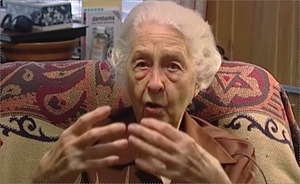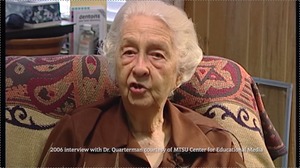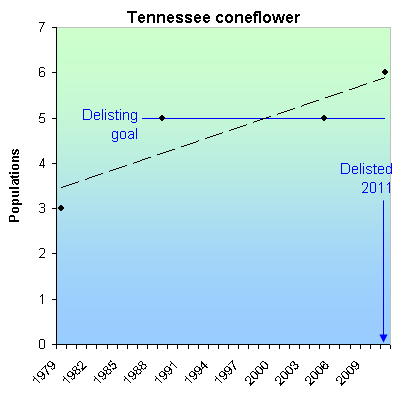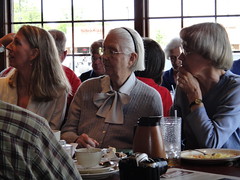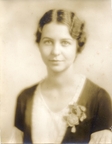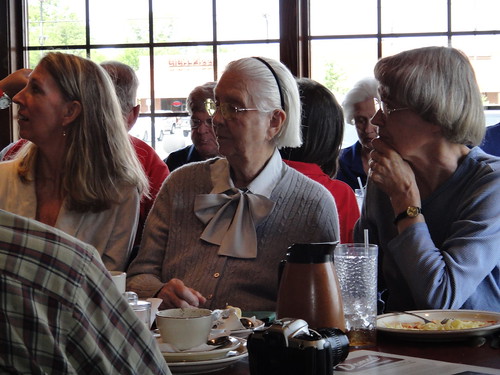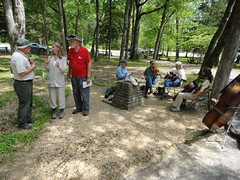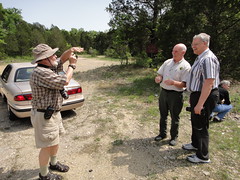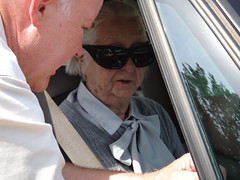Thanks to Kim Sadler for sending this.
Brian Bowen, for Tennessee Conservationist Magazine, Sep-Oct 2014, Remembering Dr. Elsie Quarterman, Champion of the Cedar Glades and Natural Areas,
Dr. Quarterman was a longtime member of the Natural Areas Association, the professional organization representing the interests of natural area professionals in the US. She received the NAA George Fell Lifetime Achievement Award in 2008 at the 35th Annual Natural Areas Conference in Nashville. In receiving the award, she humbly said that there “is no greater honor than to be recognized by my peers.” Her most significant legacy will be the thousands of acres of natural areas she helped to protect in Tennessee including the cedar glades and the once endangered Tennessee Coneflower.
(Tennessee Natural Areas Program Administrator Brian Bowen works in the Department of Environment and Conservation in Nashville.)
There’s much more in the article.
-jsq

